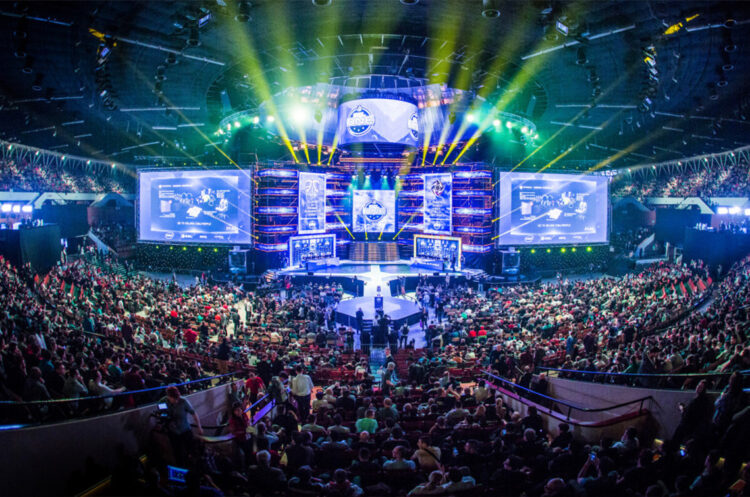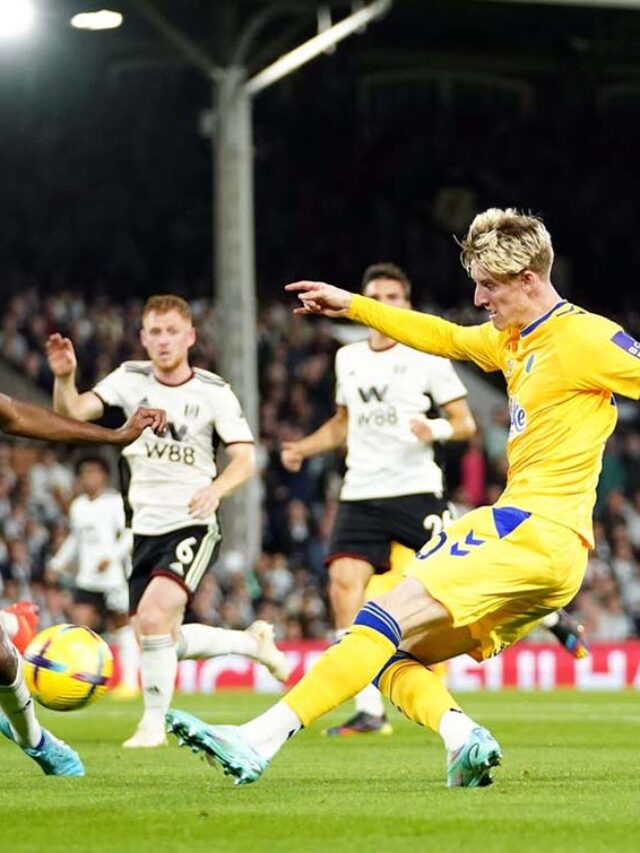In the past decade, esports—organized, competitive video gaming—has transformed from a niche hobby into a global cultural phenomenon. With massive online viewership, professional leagues, and multimillion-dollar prize pools, esports is now competing head-to-head with traditional sports for fan attention, sponsorships, and media coverage.
But what does this seismic shift mean for fans of traditional sports like football, basketball, or baseball? Is esports a threat to the games we’ve loved for generations—or an exciting evolution in how we experience competition and entertainment?
Let’s explore how the rise of esports is reshaping the sports landscape and what it means for traditional sports fans.
What Is Esports, Exactly?
Esports refers to organized competitive gaming, typically involving professional players, teams, leagues, and major tournaments. Popular games include:
-
League of Legends
-
Counter-Strike 2
-
Dota 2
-
Valorant
-
Fortnite
-
Call of Duty
-
FIFA and NBA 2K (with direct ties to traditional sports)
Esports tournaments are often live-streamed on platforms like Twitch, YouTube, and Kick, drawing millions of viewers worldwide. Events like the League of Legends World Championship or The International (Dota 2) can rival or even surpass traditional sports events in terms of online engagement.
Esports by the Numbers
The rise of esports isn’t just hype—it’s backed by impressive statistics:
-
Over 540 million people globally will watch esports in 2025 (Newzoo).
-
The global esports market is expected to surpass $1.6 billion in revenue.
-
Top esports players earn six- to seven-figure incomes, plus brand deals.
-
Venues like the Esports Stadium Arlington are dedicated solely to gaming events.
-
Esports is now recognized as a medal sport in the Asian Games, and there are talks of potential inclusion in the Olympics.
Clearly, esports has become a force to be reckoned with—and it’s here to stay.
Why Esports Appeals to Modern Fans
Esports resonates particularly with younger audiences, who value interactivity, accessibility, and digital engagement. Here’s why esports is booming:
1. Digital-Native Experience
Fans can watch matches online, comment in real-time, and even play the same games as the pros. It’s entertainment and participation rolled into one.
2. Global Accessibility
Esports isn’t limited by geography or weather—anyone with a computer or console and internet can tune in or compete.
3. Personality-Driven Fandom
Esports athletes are often more accessible via streaming platforms, where fans watch them train, chat, and even joke around—creating a stronger personal connection.
4. Rapid Innovation
Unlike traditional sports bound by historical rules and traditions, esports evolves quickly. New games, formats, and technologies keep the scene fresh and exciting.
What This Means for Traditional Sports
The rise of esports doesn’t mean traditional sports are going extinct—but they do need to adapt to remain competitive in the attention economy.
1. Evolving Fan Expectations
Today’s fans expect on-demand content, interactive experiences, and direct access to athletes. Traditional sports leagues are now launching their own streaming platforms and encouraging athletes to build personal brands online.
2. Crossover Opportunities
Many traditional sports are embracing esports directly:
-
The NBA 2K League is backed by the NBA and features official team franchises.
-
FIFA esports tournaments are supported by real-life football clubs.
-
Formula 1 and NASCAR now host virtual racing leagues, especially after the pandemic.
This crossover gives traditional sports a foothold in the esports world while introducing their brand to younger audiences.
3. New Revenue Streams
Traditional sports organizations are investing in esports to diversify and future-proof their business models. From sponsorships and merchandising to digital rights, esports offers a whole new arena for monetization.
Challenges and Criticism from Traditional Sports Fans
While esports continues to grow, it’s not without skeptics—especially among fans who’ve grown up with traditional sports.
1. “It’s Not a Real Sport”
Many question whether playing video games should be classified as a sport. However, esports requires:
-
Extreme mental focus
-
Hand-eye coordination
-
Teamwork and strategy
-
Training and coaching
While physical activity is limited, the competitive framework is just as rigorous.
2. Lack of Physicality
Some fans miss the physical drama of sports—the tackles, sprints, or buzzer-beaters. Esports offers cognitive drama and strategic depth, which can be just as thrilling once fans understand the gameplay.
3. Fragmented Ecosystem
Unlike leagues like the NFL or NBA, esports is fragmented across publishers and games, making it harder for casual fans to follow or engage consistently.
Bridging the Gap: Esports and Traditional Sports Working Together
Rather than viewing esports as a rival, traditional sports can collaborate and innovate:
1. Co-branded Events
We’re seeing hybrid events where fans can enjoy a live soccer match and an esports tournament in the same venue—creating a festival-like experience.
2. Shared Venues and Talent
Stadiums and arenas are now hosting esports events. Sports commentators and personalities are crossing into gaming content and vice versa.
3. Athlete Involvement
Traditional athletes like Neymar Jr., Gordon Hayward, and JuJu Smith-Schuster are avid gamers and sometimes co-own esports teams or stream online.
This synergy creates opportunities to grow both audiences, attract new sponsors, and keep fans engaged across platforms.
The Future of Fandom
For fans of traditional sports, esports may feel unfamiliar—but it offers a new form of connection and competition. Just as TV changed how we watched sports decades ago, esports is changing how we experience fandom today.
The future might not be about choosing between sports and esports—it’s about celebrating competition in all its forms, whether on a field, court, or digital battlefield.
















